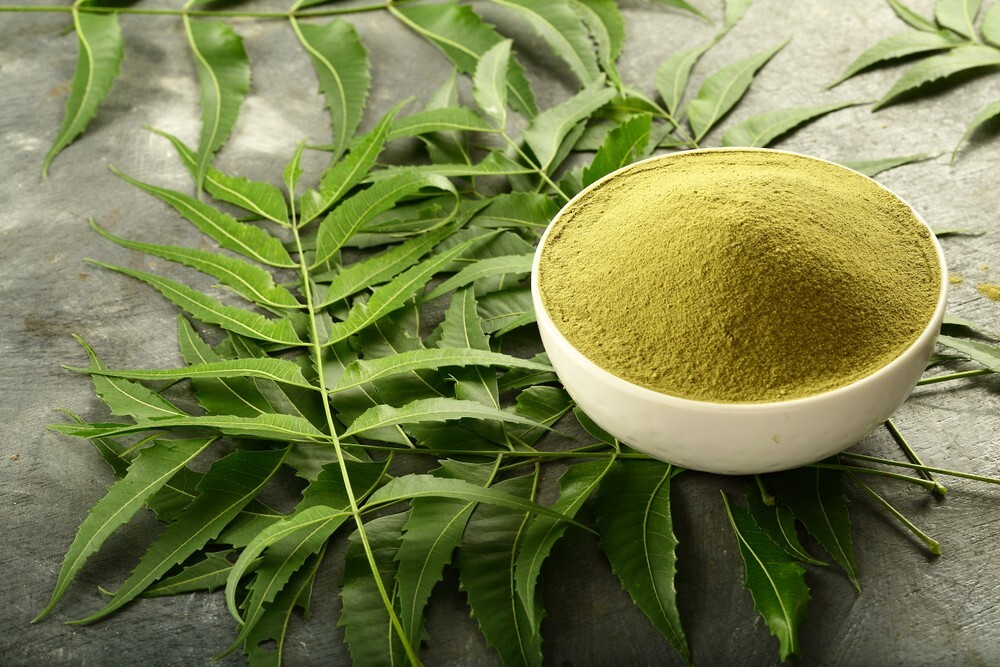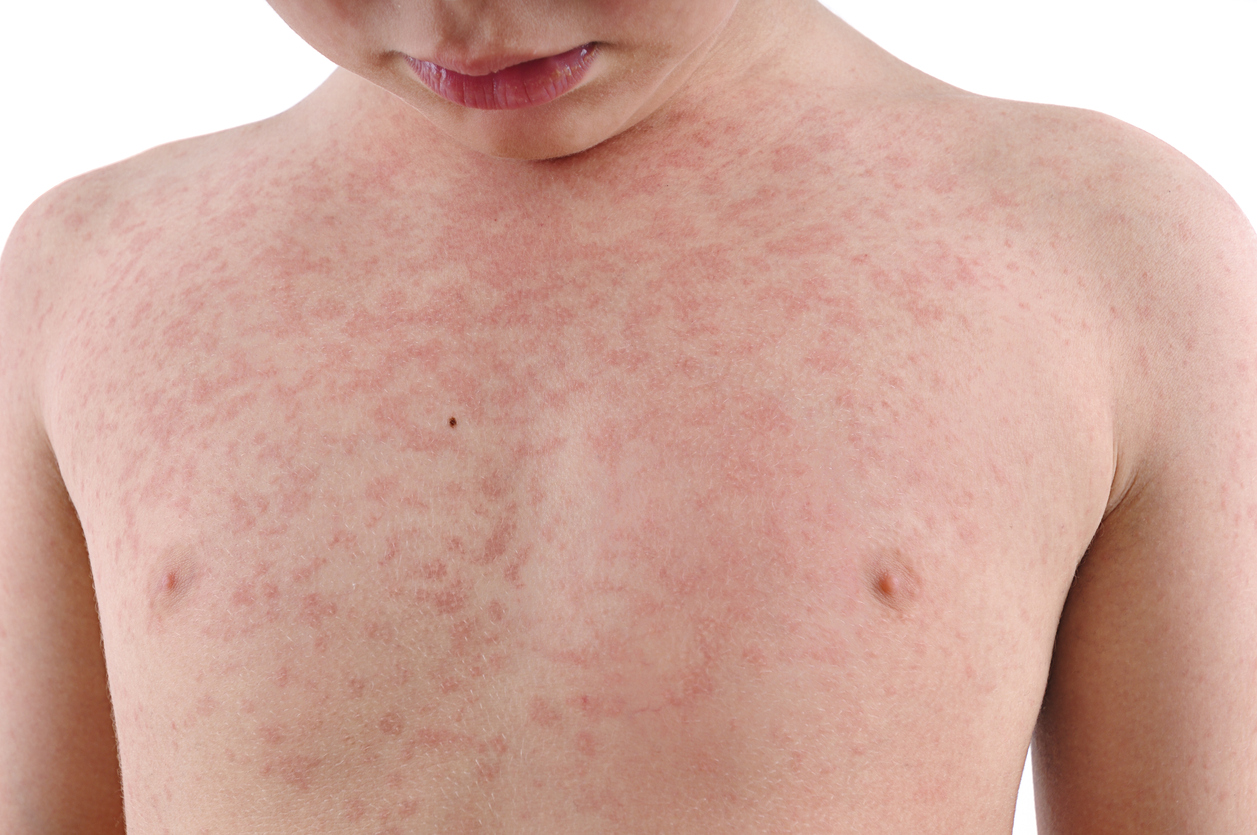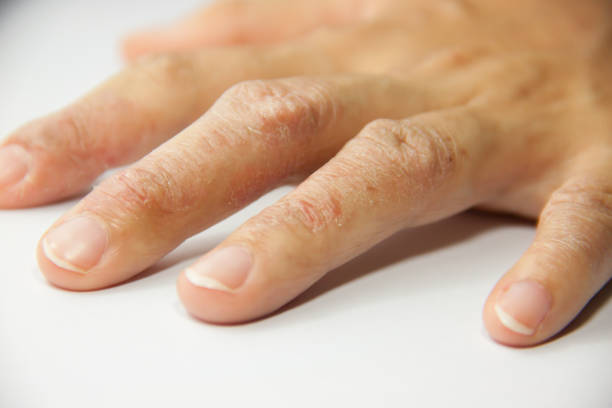Food allergy (hypersensitivity) ,Oral tolerance, Atopic dermatitis, Food-associated exercised-induced anaphylaxis, Allergic eosinophilic gastroenteritis, Dietary protein-induced enterocolitis celiac disease, Dietary protein-induced colitis dermatitis herpetiformis
Root Cause of Disease
Food allergies develop when a person consumes or comes in contact with their allergen, and the immune system makes an antibody called immunoglobulin E, or IgE. IgE then circulates through the blood and attaches to immune cells called mast cells and basophils.
Symptoms
For some people, an allergic reaction to a particular food may be uncomfortable but not severe. For other people, an allergic food reaction can be frightening and even life-threatening. Food allergy symptoms usually develop within a few minutes to 2 hours after eating the offending food. Rarely, symptoms may be delayed for several hours.
The most common food allergy signs and symptoms include:
- Tingling or itching in the mouth
- Hives, itching or eczema.
- Swelling of the lips, face, tongue and throat or other parts of the body
- Wheezing, nasal congestion or trouble breathing
- Abdominal pain, diarrhoea, nausea or vomiting.
- Dizziness, light-headedness or fainting.
Causes
- Absence of an enzyme needed to fully digest a food You may not have adequate amounts of some enzymes needed to digest certain foods. Insufficient quantities of the enzyme lactase, for example, reduce your ability to digest lactose, the main sugar in milk products. Lactose intolerance can cause bloating, cramping, diarrhoea and excess gas.
- Food poisoning Sometimes food poisoning can mimic an allergic reaction. Bacteria in spoiled tuna and other fish also can make a toxin that triggers harmful reactions.
- Sensitivity to food additives Some people have digestive reactions and other symptoms after eating certain food additives. For example, sulphites used to preserve dried fruit, canned goods and wine can trigger asthma attacks in people with sensitivity to food additives.
- Histamine toxicity Certain fish, such as tuna or mackerel, that are not refrigerated properly and that contain high amounts of bacteria may also contain high levels of histamine that trigger symptoms like those of food allergy. Rather than an allergic reaction, this is known as histamine toxicity or scombroid poisoning.
- Celiac disease While celiac disease is sometimes referred to as a gluten allergy, it does not result in anaphylaxis. Like a food allergy, celiac disease does involve an immune system response, but it’s a unique reaction that’s more complex than a simple food allergy.
This chronic digestive condition is triggered by eating gluten, a protein found in bread, pasta, cookies, and many other foods containing wheat, barley or rye.
If you have celiac disease and eat foods containing gluten, an immune reaction occurs that causes damage to the surface of your small intestine, leading to an inability to absorb certain nutrients.
Home Remedies to treat Food Allergy
Remedy – 1: Tulsi
Materials: Tulsi

Tulsi is proven to be the safest skin cream that can be used and the benefits are massive. Tulsi reflects on your skin when you consume it as well as apply it. This wonder herb is used to treat acne, skin infections, lighten dark spots and improve skin texture. Here is a list of benefits that tulsi does to your skin.
- Tulsi helps in skin brightening.
- Tulsi helps in curing acne face marks.
- Tulsi mixed with eggs and mixed can help in tightening skin pores.
- Tulsi helps in curing skin infections and any sort of skin allergies.
Procedure:
- Consume Tulsi leaves raw, plucked fresh from the plant, add it to your tea or make it out of it.
- Tulsi tea: To make tulsi tea, boil 1 cup of water and pour it over 1 tsp of fresh tulsi leaves, 1/2 tsp of dried tulsi leaves or 1/3 tsp of tulsi powder. Cover the water in a pot or mug and let it seep for 15-20 minutes. Then strain the leaves, add honey if desired and enjoy.
Remedy – 2: Neem
Materials: Neem

Neem is one of the most essential herbs used in Indian households to treat a lot of skin ailments, and itchy skin is one of them. Neem has anti-inflammatory and anti-microbial properties that helps soothe itchy skin. Bathing with neem water cures itching and rashes in children who get chicken pox or hand foot mouth (HFM) disease. Neem water bath is an ideal home remedy for itching in the whole body.
Procedure:
- For neem water bath, soak a handful of neem leaves in hot water for half an hour.
- Once lukewarm, take a bath with the neem water.
- You can also make a paste by grinding neem leaves with water.
- Apply the paste on the irritated skin. Wash once dried.
Product link: Neem
Remedy- 3: Aloe vera
Materials: Aloe vera

If general irritation is causing your rash, like from an allergy, aloe vera might work to soothe itching and inflammation. It might improve the appearance of the rash, too. However, proper studies are lacking to support its use over conventional treatments. Also keep in mind aloe vera can’t “cure” an allergic reaction.
Procedure:
- Aloe vera gel takes a few minutes to dry.
- Let your skin absorb it completely before you put clothes on over the area.
- You can reapply the aloe vera gel every couple of hours to see whether it helps your symptoms.
- Twice per day should be enough to see results, if aloe vera is going to be effective for your particular rash.
Product link: Aloe Vera
Risk factors
Food allergy risk factors include:
- Family history. You’re at increased risk of food allergies if asthma, eczema, hives or allergies such as hay fever are common in your family.
- Other allergies. If you’re already allergic to one food, you may be at increased risk of becoming allergic to another. Similarly, if you have other types of allergic reactions, such as hay fever or eczema, your risk of having a food allergy is greater.
- Age. Food allergies are more common in children, especially toddlers and infants. As children grow older, their digestive systems mature and their bodies are less likely to absorb food or food components that trigger allergies.
Fortunately, children typically outgrow allergies to milk, soy, wheat and eggs. Severe allergies and allergies to nuts and shellfish are more likely to be lifelong.
- Asthma. Asthma and food allergy commonly occur together. When they do, both food allergy and asthma symptoms are more likely to be severe.
Factors that may increase your risk of developing an anaphylactic reaction include:
- Having a history of asthma
- Being a teenager or younger
- Delaying use of epinephrine to treat your food allergy symptoms.
- Not having hives or other skin symptoms.
Preventions
Early exposure
Early introduction of peanut products has been associated with a lower risk of peanut allergy. In a recent study, high-risk infants — such as those with atopic dermatitis or egg allergy or both — were selected to either ingest or avoid peanut products from 4 to 6 months of age until 5 years of age.
Researchers found that high-risk children who regularly consumed peanut protein, such as peanut butter or peanut-flavoured snacks, were around 80% less likely to develop a peanut allergy.
Before introducing allergenic foods, talk with your child’s doctor about the best time to offer them.
Taking precautions
Once a food allergy has already developed, the best way to prevent an allergic reaction is to know and avoid foods that cause signs and symptoms. For some people, this is a mere inconvenience, but others find it a greater hardship. Also, some foods — when used as ingredients in certain dishes — may be well hidden. This is especially true in restaurants and in other social settings.
If you know you have a food allergy, follow these steps:
- Know what you’re eating and drinking.Be sure to read food labels carefully.
- If you have already had a severe reaction,wear a medical alert bracelet or necklace that lets others know that you have a food allergy in case you have a reaction and you’re unable to communicate.
- Talk with your doctor about prescribing emergency epinephrine.You may need to carry an epinephrine autoinjector (Adrenaclick, EpiPen) if you’re at risk of a severe allergic reaction.
- Be careful at restaurants.Be certain your server or chef is aware that you absolutely can’t eat the food you’re allergic to, and you need to be completely certain that the meal you order doesn’t contain it. Also, make sure food isn’t prepared on surfaces or in pans that contained any of the food you’re allergic to.
Don’t be reluctant to make your needs known. Restaurant staff members are usually more than happy to help when they clearly understand your request.
- Plan meals and snacks before leaving home.If necessary, take a cooler packed with allergen-free foods when you travel or go to an event. If you or your child can’t have the cake or dessert at a party, bring an approved special treat so no one feels left out of the celebration.
If your child has a food allergy, take these precautions to ensure his or her safety:
- Notify key people that your child has a food allergy. Talk with child care providers, school personnel, parents of your child’s friends and other adults who regularly interact with your child. Emphasize that an allergic reaction can be life-threatening and requires immediate action. Make sure that your child also knows to ask for help right away if he or she reacts to food.
- Explain food allergy symptoms. Teach the adults who spend time with your child how to recognize signs and symptoms of an allergic reaction.
- Write an action plan. Your plan should describe how to care for your child when he or she has an allergic reaction to food. Provide a copy of the plan to your child’s school nurse and others who care for and supervise your child.
- Have your child wear a medical alert bracelet or necklace. This alert lists your child’s allergy symptoms and explains how others can provide first aid in an emergency.



